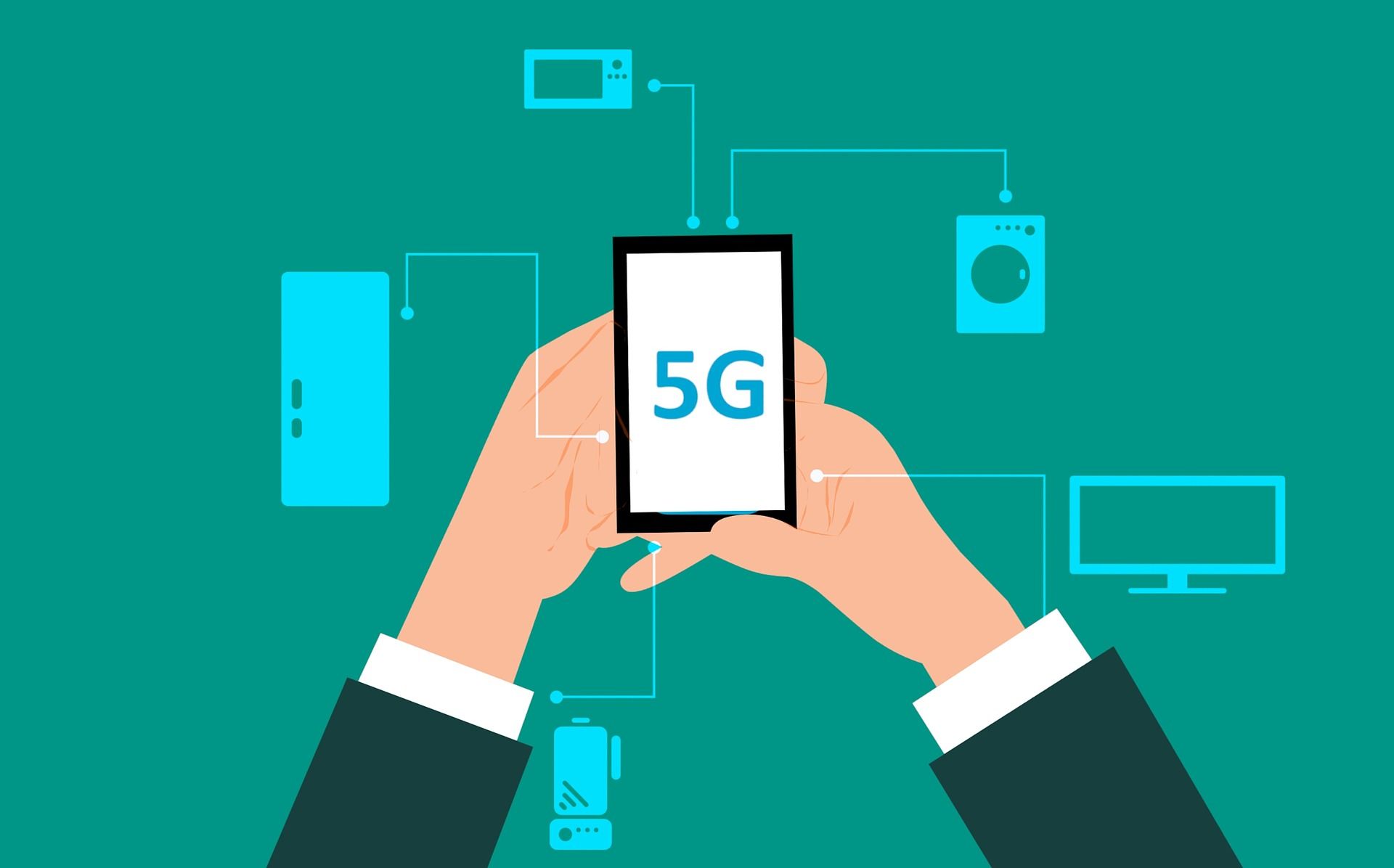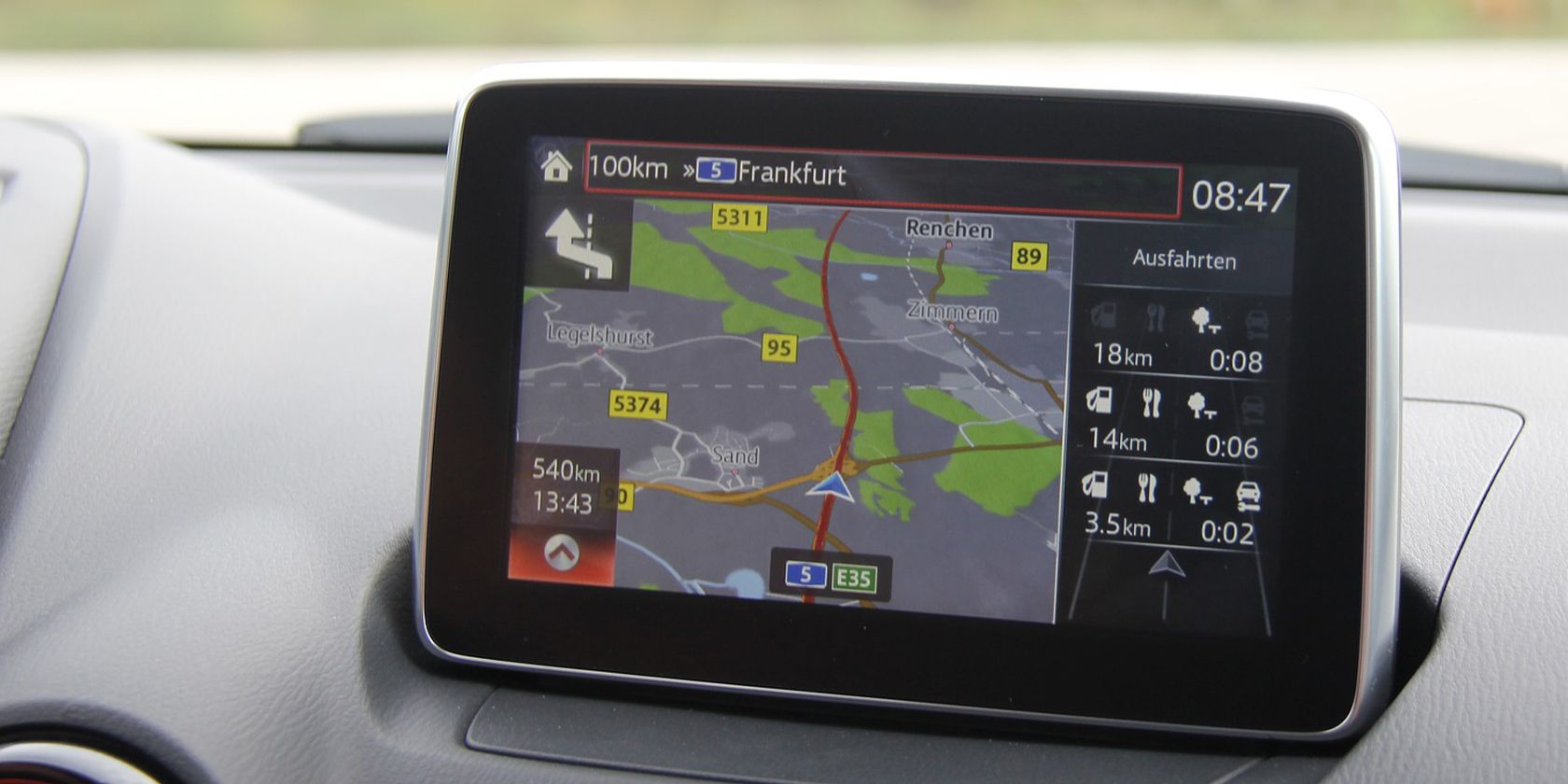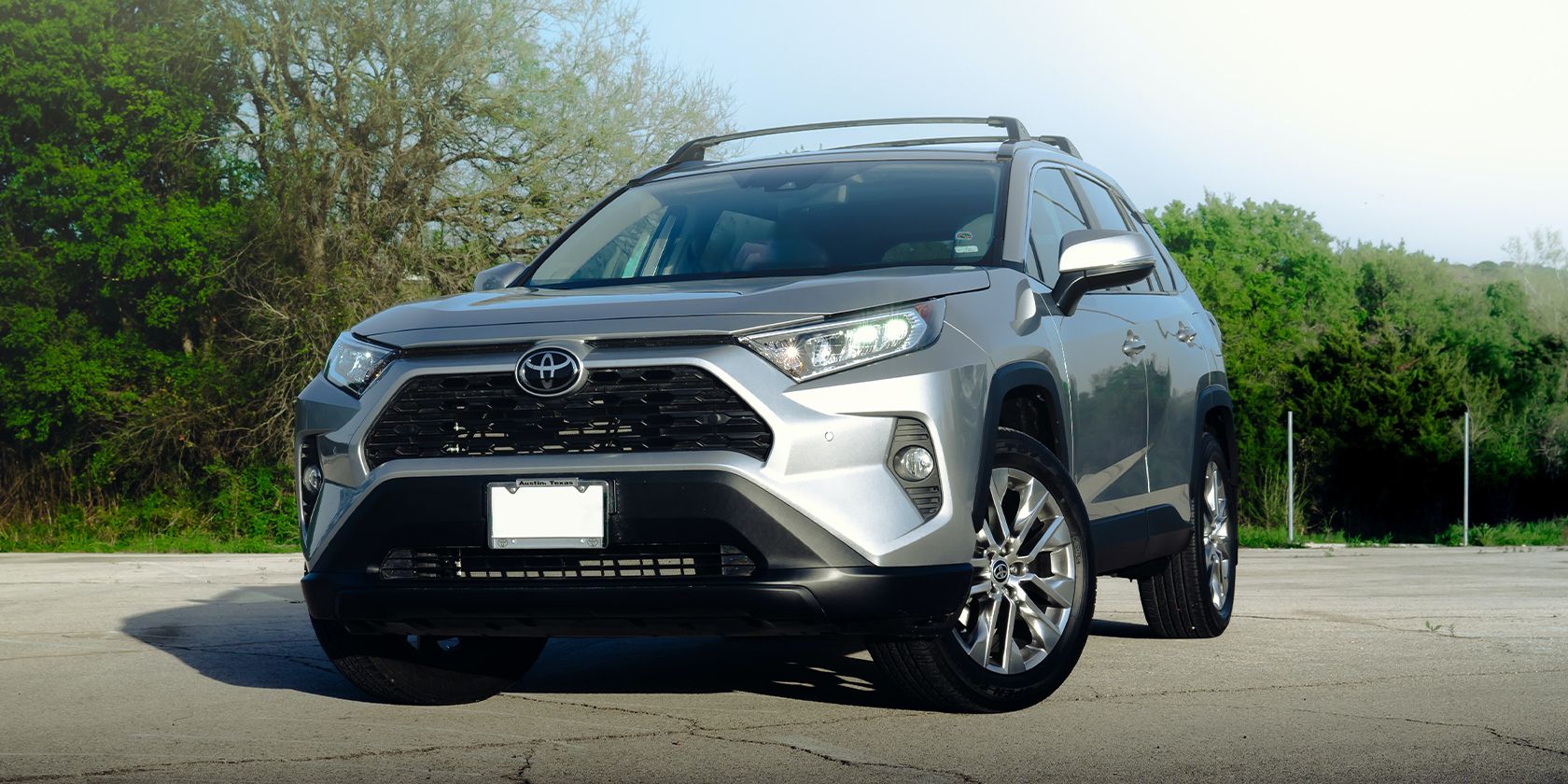As technology evolves, it's natural for older, outdated tech to be phased out. It happened with the 2G cellular network when AT&T stopped its service in 2017.
It's now happening with the 3G network.
But as companies shut off their legacy services, unintended consequences pop up: the loss of car safety features.
But why did this happen? How is the 3G shutdown affecting car safety? And can anything be done about it?
Technological Evolution
By now, you probably have heard of 5G technology and how it's rolling out in many cities right now. Most new handsets tout themselves as 5G-ready or 5G-capable, and even carriers are making big news out of their 5G coverage.
5G is the latest cellular network standard, offering up to 20 times faster speeds than 4G. And as more and more users switch to newer handsets that support 4G and 5G technology, there are fewer users of older 3G technology.
For this reason, many carriers are opting to switch their older cellular coverage off for good. After all, aside from saving money on maintenance, they also need to return the radio frequencies they're not using for other applications.
3G Switch-Off: Your Car Doesn't Work Properly Anymore
However, it's not just phones that rely on 3G technology. You may be surprised, but many vehicles also use 3G. Both commercial fleets and everyday passenger vehicles use this technology for service communication, specifically telematics.
Telematics use technologies like GPS tracking, systems monitoring, and onboard diagnostics to wirelessly monitor and control a vehicle. For commercial fleets, this is generally used to monitor your fleet's location and status.
But for passenger vehicles, telematics offers so much more. Makers offered services like OnStar, Enform, BMW Assist, and more. These use telematics technology to communicate with the manufacturer's servers and process your car's data.
So aside from showing your location and the surrounding traffic situation on your car's built-in navigation system, they also provide convenience. If equipped, users can use this to start their car remotely and handle its systems like climate control.
More importantly, crash detection technology that automatically dials 911 in case of an emergency also uses telematics. While recent cars come equipped with 4G and 5G antennas that will work after 3G services have stopped, several older models are only equipped with 3G technology.
That's why 3G deactivation will have a significant impact on the motoring industry. Unlike smartphones, which users typically replace in two and a half years, vehicles could last up to 10 years or more.
This is the chief complaint of users who bought a telematics-equipped vehicle. During the height of 3G technology, most cars equipped with this tech were pricier luxury models. Furthermore, buyers who opted for this advanced (for the time) technology package had to pay a premium above the sticker price.
After all, when you buy a car, you expect to enjoy all of the features you purchased for the car's lifetime. However, with the sunset of 3G communications, vehicles equipped with 3G telematics will lose these extra features.
Sure, you can still drive the car. But you're essentially losing a function that could have been the deciding factor of your purchase. It's like buying a car with an audio player, only for you to find out that you're losing this feature seven years down the line.
It's not because of some mishap or accident. It just so happens that it's obsolete. And it's unlike the cassette or CD players in old cars where you can still use old tapes or discs you have in stock. When 3G turns off, you cannot use the service. There is no network on which to broadcast or receive data.
Will Smartphones Stop Working?
However, this is unlikely to become as big an issue among mobile phone users. After all, most users get a new phone every two and a half years. Besides, you can get a refurbished 4G phone fairly cheap these days, and even the latest phones (perhaps equipped with 5G) only cost around $1000.
But if you have to get a new vehicle because your 3G service doesn't work anymore, you'll likely have to fork out over tens of thousands of dollars. Even decent used cars (with no telematics) could set you back thousands.
What Car Manufacturers Can Do
If you're a fleet owner, upgrading your telematics device is pretty simple—all you have to do is contact your provider ask them for an upgrade. You likely don't have to buy a new truck or van; you just have to replace the device they provide.
But for passenger car owners, this is a bit more complicated. Since these systems are integrated into your car's dash or even into your car's electronic control unit, you might have to bring it back to your dealer for an upgrade—if they offer one.
Car owners from several brands, like Lexus, Toyota, and BMW, have already received emails that they'll no longer enjoy these services once 3G is gone. But on the other hand, GM car owners may have a glimmer of hope.
Older vehicles retain communications with OnStar services because the systems in these cars are mostly compatible with 3G and 4G systems. In Canada, when the 2G cellular network was decommissioned, GM upgraded customer hardware at no cost.
For earlier-model Teslas, the company offers a $200 upgrade to its customers. This ensures they can continue enjoying the car's advanced wireless features without having to spend a lot of money.
One proposed solution is for carmakers to offer a plug-in 4G or 5G antenna via the car's OBD II port. This allows users to retain their telematics services at a relatively low cost or even free of charge if the manufacturer chooses to do so. However, as of now, no manufacturer has offered this solution.
Alternatively, OnStar now offers an app for your phone that offers a similar feature. But instead of using your car's sensors, it uses your smartphone to detect a crash or other emergencies. Since most drivers have similarly capable devices in their pockets today, maybe carmakers could offer something similar instead.
These Cars Are About to Lose 3G Connectivity
Not all car models will be affected by the 3G shutdown. In fact, most affected models were released between 2010 and 2018. Of course, if your vehicle does not have any wireless connectivity service, then you need not worry, as it's not affected.
For Lexus, the Lexus GX from 2010 to 2018 will lose the Enform service.
For Toyota, Safety Connect will no longer work for the following cars:
- Toyota 4Runner from 2010 to 2019
- Toyota Avalon from 2013 to 2018
- Toyota Camry from 2013 to 2017
- Toyota Highlander from 2014 to 2018
- Toyota Land Cruiser from 2011 to 2017
- Toyota Mirai from 2016 to 2017
- Toyota Prius from 2010 to 2016
- Toyota Prius Plug-in from 2012 to 2015
- Toyota Prius V from 2012 to 2016
- Toyota RAV4 EV from 2012 to 2014
- Toyota Sienna from 2011 to 2017
The following Audi models are also affected:
- Audi A3 from 2014 to 2016
- Audi A3 e-tron from 2016 to 2018
- Audi A4 from 2013 to 2018
- Audi A5 from 2013 to 2018
- Audi A6 from 2012 to 2015
- Audi A7 from 2012 to 2015
- Audi A8 from 2012 to 2018
- Audi Q3 from 2012 to 2018
- Audi Q5 from 2012 to 2018
- Audi Q7 from 2012 to 2018
Several other manufacturers like BMW and Volvo have also made announcements but have not released specific year models and vehicle lines. But whatever make and model you're driving, if you have 3G wireless service with your car, you should contact your dealer for instructions.
A Future Problem
In the past, connectivity problems were limited to luxury cars. However, as connected services became more affordable, the technology trickled down to more affordable passenger vehicles. As this becomes more and more prevalent, you can expect these wireless connectivity services to be in almost every car.
When the time comes that 4G technology becomes obsolete, manufacturers will have to face millions of cars that need to be updated. By then, you can expect almost all vehicles to have onboard telematics tech.





